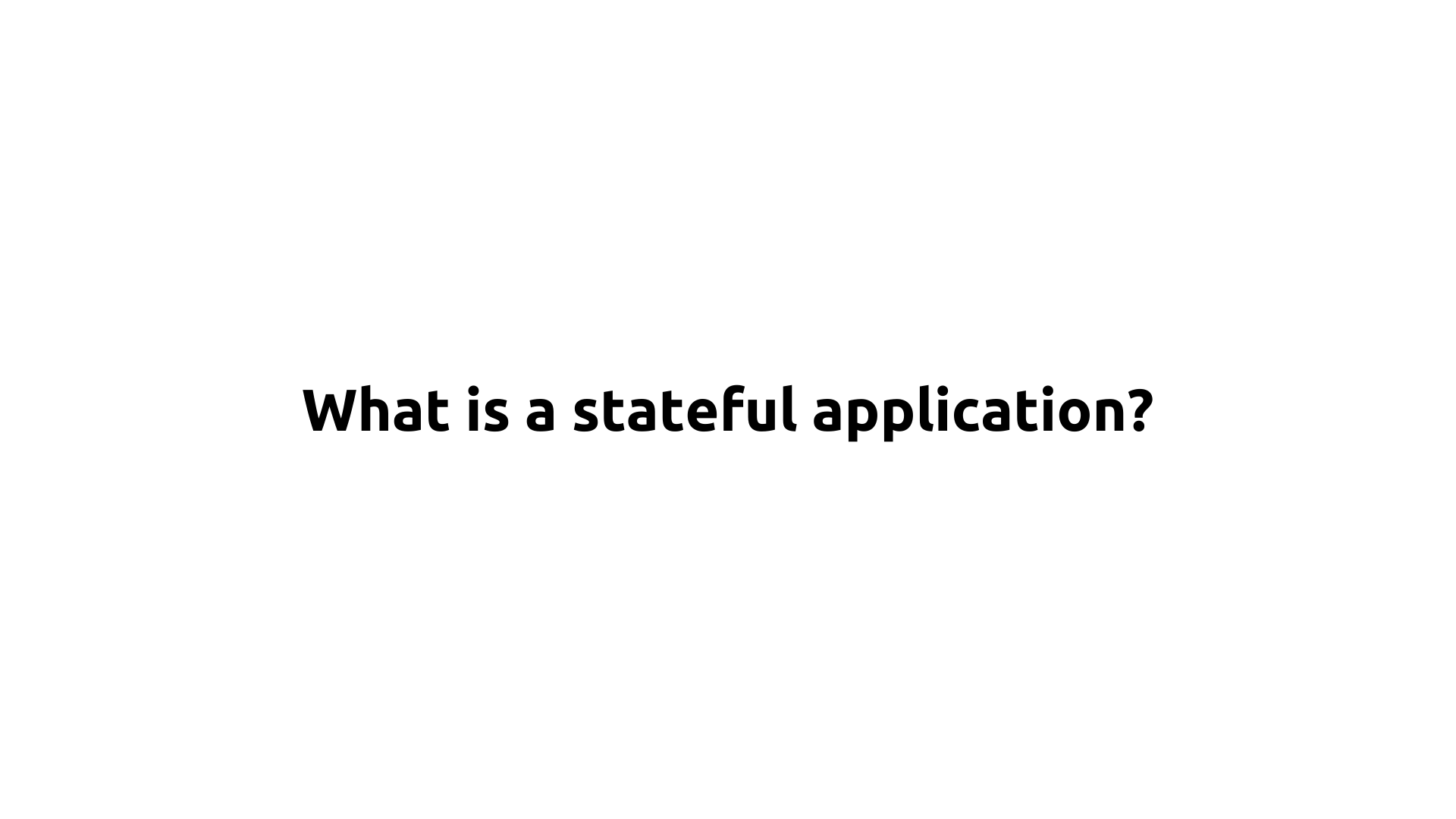What is a stateful application?
 Saurabh Adhau
Saurabh Adhau
In software applications, the term "stateful" frequently arises, but what does it mean? To clarify this concept, let’s explore it through a practical example: Trello, a popular project management tool. Here’s a Q&A-style article to help you understand stateful applications and their implications.
Q: What is a stateful application?
A: A stateful application maintains state across multiple interactions or sessions. This means the application remembers information from previous interactions and uses it to provide a consistent and personalized experience. Unlike stateless applications, which treat each request independently and don’t retain any prior data, stateful applications keep track of user data, preferences, and interactions over time.
Q: Can you provide a real-world example of a stateful application?
A: Certainly! Trello, a project management tool, is an excellent example of a stateful application. Here’s how Trello exemplifies statefulness:
User Interaction: When you log into Trello, you access a project board that displays lists like "To Do," "In Progress," and "Done," along with various cards within these lists.
Stateful Features:
Card Movement: Trello remembers this change if you move a card from the "To Do" list to the "In Progress" list. When you return to the application later, the card will still be in the "In Progress" list, reflecting the updates you made previously.
User Preferences: Trello retains your preferred board view, filter settings, and notification preferences across sessions. This means you don’t need to reconfigure these settings each time you log in.
Collaborative Updates: Trello supports real-time collaboration. Changes made by you or your teammates, such as comments or status updates on cards, are instantly visible to everyone working on the board.
Q: How does Trello manage and preserve the state?
A: Trello manages state through backend databases that store and synchronize information. These databases keep track of:
Board Structures: The layout and lists on each board.
Card Details: Information about each card, including its position and any updates.
User Settings: Preferences and configurations set by users.
Real-Time Updates: Changes made by users are synchronized so that everyone has a consistent and up-to-date view of the project.
This management ensures that all users experience continuity and consistency, regardless of when or where they access Trello.
Q: What are the benefits and challenges of stateful applications like Trello?
A: Benefits:
Seamless Experience: Users experience a more cohesive and personalized interface since the application remembers their previous interactions and settings.
Enhanced Collaboration: Real-time updates and persistent state allow for effective teamwork and coordination, as all changes are immediately visible to all users.
Challenges:
Complexity: Managing and synchronizing state can add complexity to the application's design, especially in distributed systems.
Performance: Maintaining state across multiple sessions and ensuring real-time updates requires efficient data handling and performance optimization.
Q: Why is it important to understand the concept of stateful applications?
A: Understanding stateful applications is crucial because it helps in designing and using software that provides a richer, more interactive user experience. It also aids in troubleshooting and optimizing applications, especially those involving complex data management and real-time collaboration.
In summary, Trello illustrates how stateful applications retain user data, preferences, and interactions to deliver a consistent and personalized experience. By remembering and managing state, applications like Trello enhance usability and collaboration, making them invaluable tools for project management and beyond.
Subscribe to my newsletter
Read articles from Saurabh Adhau directly inside your inbox. Subscribe to the newsletter, and don't miss out.
Written by

Saurabh Adhau
Saurabh Adhau
As a DevOps Engineer, I thrive in the cloud and command a vast arsenal of tools and technologies: ☁️ AWS and Azure Cloud: Where the sky is the limit, I ensure applications soar. 🔨 DevOps Toolbelt: Git, GitHub, GitLab – I master them all for smooth development workflows. 🧱 Infrastructure as Code: Terraform and Ansible sculpt infrastructure like a masterpiece. 🐳 Containerization: With Docker, I package applications for effortless deployment. 🚀 Orchestration: Kubernetes conducts my application symphonies. 🌐 Web Servers: Nginx and Apache, my trusted gatekeepers of the web.